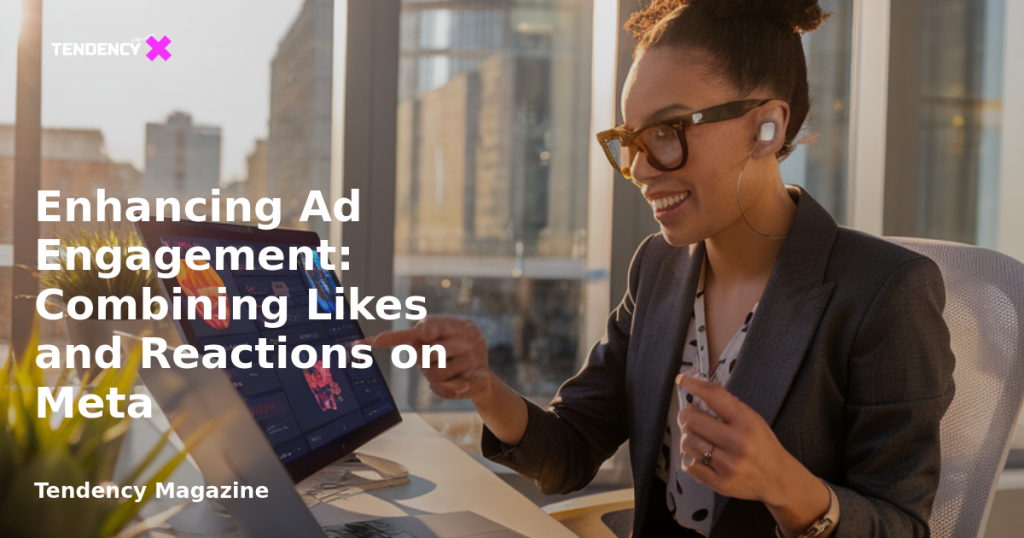Enhancing Ad Engagement: Combining Likes and Reactions on Meta

Introduction to Combining Likes and Reactions
Meta’s advertising ecosystem is constantly evolving, offering advertisers new tools to optimize their campaigns. One such innovation is the ability to combine likes and reactions across similar ads. This feature is designed to enhance the visibility of social proof, which can be a powerful motivator for user engagement. But what exactly does this feature entail, and how can advertisers leverage it to maximize their ad performance?
Understanding the Social Information Feature
Within the Advertising Settings on Meta, some users have reported seeing a new section titled “Social Information.” This feature allows advertisers to control how Meta displays social engagement metrics, such as likes, follows, and reactions, on their ads. The core idea is to consolidate these metrics across ads that share similar text and images, thereby amplifying the perceived popularity of each ad.
When you access this feature, you’ll find an option to “allow Meta to combine likes and reactions for similar ads.” By default, this option is enabled and applies across your entire account. This means that if you have multiple ads with similar content, their engagement metrics will be pooled together, potentially creating a more compelling social proof for viewers.
How the Feature Works
On the surface, the concept seems straightforward—combine engagement metrics for ads with similar creative elements. But the specifics of how this feature operates are less clear, raising several questions:
- Does this apply to variations in ad placements or only to separate ads?
- What constitutes “similar” images? Are different aspect ratios or background colors considered similar?
- How closely must the text match for ads to qualify for combined metrics?
- Is it necessary for both text and images to be similar, or is one sufficient?
These questions highlight the need for more transparency from Meta regarding the criteria used to determine similarity between ads. Understanding these details is crucial for advertisers to effectively utilize the feature.
Benefits of Combining Likes and Reactions
The primary advantage of this feature is the enhanced social proof it provides. Social proof, or the idea that people are influenced by the actions of others, is a powerful tool in marketing. By consolidating likes and reactions across similar ads, advertisers can create a more robust impression of popularity and credibility. This, in turn, can lead to increased engagement rates and improved ad performance.
Moreover, this feature can help streamline the management of ad campaigns. Instead of having to manually track engagement metrics for each individual ad, advertisers can view a consolidated total, simplifying the analysis of campaign effectiveness.
Potential Challenges and Considerations
While the potential benefits are clear, there are also challenges and considerations to keep in mind. The lack of clarity around what constitutes “similar” ads could lead to confusion and inconsistent application of the feature. Advertisers may need to experiment with different creative elements to determine what works best under this new system.
Additionally, there’s a risk that combining metrics could obscure the performance of individual ads. If one ad significantly outperforms others, pooling metrics might mask this disparity, making it harder to identify which creative elements are most effective.
Conclusion
The option to combine likes and reactions for similar ads on Meta presents an exciting opportunity for advertisers to enhance their campaigns with stronger social proof. However, the effectiveness of this feature hinges on understanding its criteria and implications. As Meta continues to refine its advertising tools, staying informed about these developments will be crucial for advertisers looking to maintain a competitive edge.
Incorporating this feature into your advertising strategy could lead to improved engagement and campaign success, but it’s essential to approach it with a critical eye and a willingness to adapt as more information becomes available. If you have access to this setting, consider experimenting with it to see how it can benefit your advertising efforts.
2025 Tendency LTD. All rights reserved.

